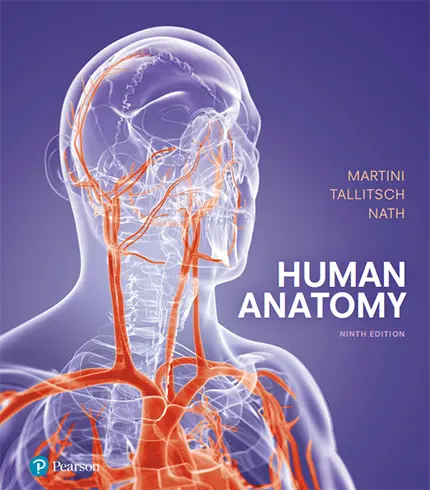Exploring Anatomy and Physiology in the Laboratory 3rd Edition PDF
This comprehensive, beautifully illustrated, and affordably priced manual is appropriate for a two-semester anatomy and physiology laboratory course.
Through focused activities and by eliminating redundant exposition and artwork found in most primary textbooks, this manual complements the lecture material and serves as an efficient and effective tool for learning in the lab.
Features include:
1. Objectives. Each unit begins with a set of learning goals to prepare students for what they are expected to know after completing the lab.
2. Pre-Lab Exercises. PLEs encourage students to actively prepare for the lab by defining key terms, using labeling and coloring exercises to learn anatomical structures, and reviewing vital material from previous units, saving you from having to spend excessive time reviewing material from the lecture.
3. Model Inventories. Many lab manuals do not offer specific lists of structures that the students are to identify. Instead, those lab manuals scatter the anatomical structures throughout the unit, making it difficult for both the student and instructor.
Exploring Anatomy & Physiology in the Laboratory features organized and easily referenced lists of anatomical structures that students are responsible for identifying.
4. Illustrations and Photography. Many lab manuals simply reproduce artwork and exposition from the related textbook.
Every figure in Exploring Anatomy & Physiology in the Laboratory, 3e was specifically designed to improve student understanding of important lab concepts and procedures.
5. Focused ActivitieThe focussed activity describes the guiding philosophy of this lab manual. Students learn best when they are actively involved in the laboratory.
Exploring Anatomy & Physiology in the Laboratory incorporates features designed for students to learn and retain the information. The manual asks students to be active by describing, labeling, writing, coloring, and drawing.
6. Tracing Exercises. Our tracing exercises ask students to write step-by-step, turn-by-turn directions tracing a substance (blood cells, food molecules, waste by-products, etc.) through the body and to trace the substance on a map of the human body.
These exercises allow students to see the big picture of how the body systems interact. They also allow students to understand the relationship between structure and function.
7. Hints & Tips. Hints & Tips appear throughout the book to help students navigate some of the more difficult topics in A&P.
8. Check Your Recall/Check Your Understanding. Chapter-ending quizzes ensure that students understand key concepts and that learning goals have been achieved.










